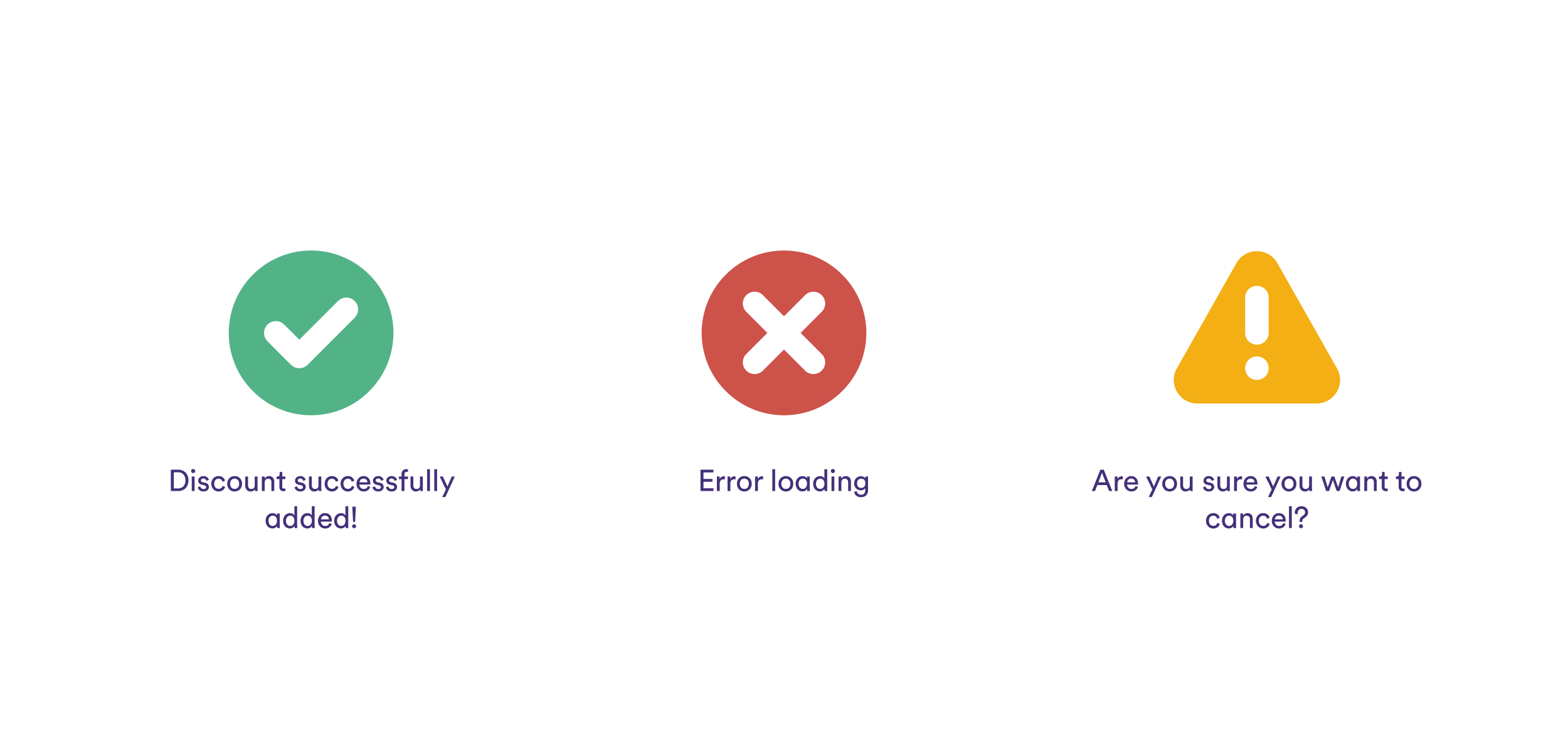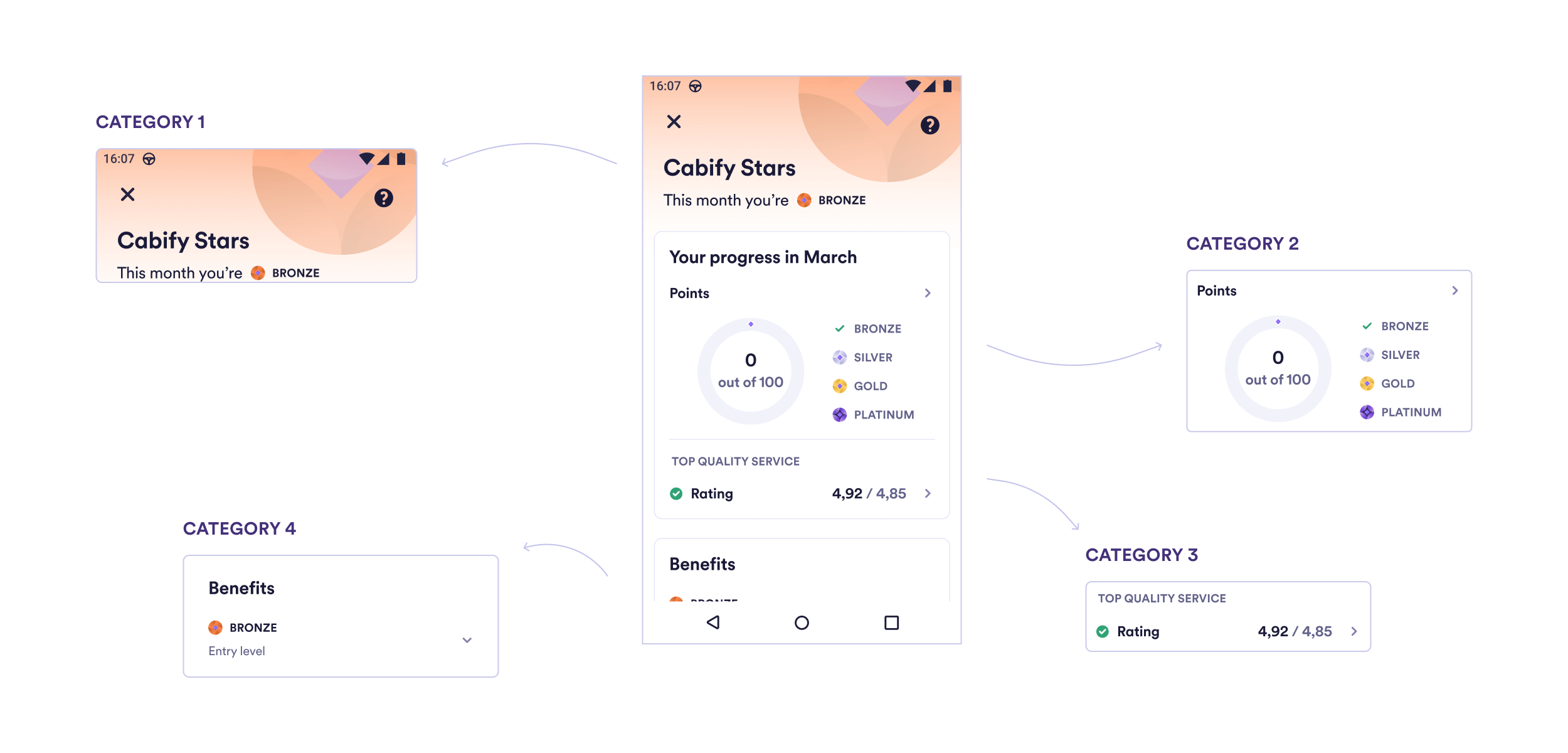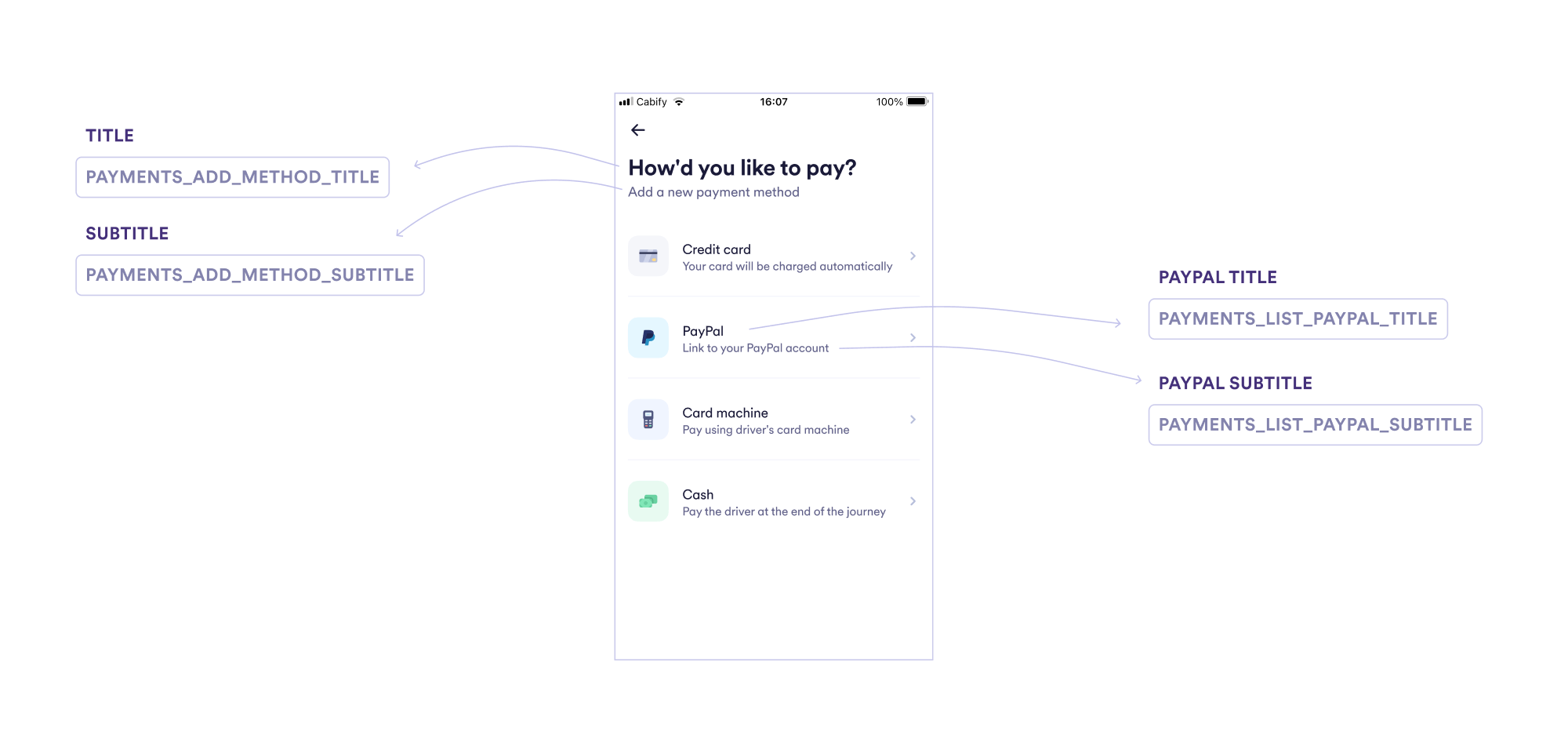These cookies make our website usable and secure. They ensure fast loading, basic functions, and general reliability. Without them, the site simply wouldn’t work.
Product
Mar 22, 2022

It’s more common than you might think for a UX Writer to receive requests followed by comments like ‘it’s just a couple of words’.
At first it seemed a little unfair to sum up an entire working process like that. But, over time, I have realized that this mentality is down to a lack of understanding of what we do, and that it was necessary to explain the reasoning behind each copy in order to create stronger and more effective teams.
Making other stakeholders aware of our workflow lets everyone know exactly where and how we fit in the quest for better UX solutions and helps the whole team to better estimate the timeline of a project.
Whether to change a flow completely or write a ‘simple’ text, the first thing a UX Writer must do is to analyze each of the elements that make up the experience. The new copy needs to exist in harmony with the verbal, visual, and even audio elements of the whole product.
On a visual level, for example, it’s important to confirm if icons, illustrations and images reinforce what is meant in the text, if they apply to all markets and also if the colors we are using help to reinforce the semantics of the message (or not!).

In Cabify’s Design System, for example, we use semantic colors, which have the same basic meaning in any context, to reinforce our messaging. We use red for negative messages, such as error warnings; yellow for attention or caution; and green for positive messages, such as actions performed successfully.

At the verbal level, it is important to ask questions such as:

Keeping these questions top of mind helps to ensure verbal consistency throughout the user experience. It ensures that the product always speaks with the same voice and brand personality, regenerating understanding, trust and recognition.
At this stage, to establish consistency, it can be helpful to consult existing UX Writing guides and even the localization platform with all the product copies.
It is also worth mentioning that many of these aspects should already be guided by the Design System and embedded in the DNA of the product, but it’s a good idea to review them.
Another fundamental step in the UX Writer’s workflow is the hierarchy of information. Giving the appropriate weight to each part of the message helps us to be clearer and more understandable.
For example, if what we are writing is the most important information, this should be the title. If we have a lot to tell, we can split up and add a description. If the new copy, in turn, is not the most important aspect, it may work better as a disclaimer.

The goal is to present the information in a kind of inverted pyramid, just like in a news story, to make it easier to scan. We start by focusing on what is most important to the user and leave the details for later.
Putting this puzzle together enables us to organize the information into a more readable and understandable format. In addition, prioritizing the text accordingly will help developers to organize and name coherently the keys that will go to the localization platform.
Analyzing how the new text affects the overall experience is another important part of the UX Writer’s job. Locating the copy in a non-isolated way makes us 1) validate if it is integrating organically and 2) if adjustments need to be applied at other points in the workflow.
If the new copy is just informative, it will be simpler. However, if we are talking about a change that affects other stages of the experience, it will be necessary to edit the associated screens to avoid verbal ‘noise’.
For example:
In other words, review the before and after of what you are working on so that there are no inconsistencies in the storytelling.
This is the part we’re best known for. But, of course, it’s far from simple. This happens because we have few words to communicate with the user and we usually need to follow some rules to convey the message efficiently.
Here, we need to anticipate possible doubts and frustrations of users and help them find what they are looking for. And this almost always using fewer characters than a tweet and following the basic rules of microcopy: being clear, direct, concise, decisive and human.
When writing error messages, for example, we need to guide the user explaining how to fix the problem or minimize the chance of it happening again. If we’re talking about permission acceptance copies, we need to take into account the requirements set by the app stores to avoid issues with releases.
It is also the time to consider if pluralization will be needed, to minimize localization efforts later and to validate the text with other stakeholders if necessary.
When writing the copy, internationalization should be taken into account. This enables us to pinpoint problems that may not be crop up in the source language but may become an issue in translation.
For example, if the copy includes a price, the number of characters for local currencies needs to be considered so that they fit the design after localization.
 It is also crucial that the keys in the localization platform are grouped according to their section or functionality, so that translators can easily relate them. Generally, naming them is up to the developers, but the UX Writer can establish naming guidelines in order to inform them of the hierarchy and purpose of each key.
It is also crucial that the keys in the localization platform are grouped according to their section or functionality, so that translators can easily relate them. Generally, naming them is up to the developers, but the UX Writer can establish naming guidelines in order to inform them of the hierarchy and purpose of each key.

Translators will then have a better idea of exactly what it is they are localizing. For example, if the copy is a title, if it’s part of the menu, if it forms part of the onboarding flow, or if it is an error message.
With practice, we find that these steps come naturally. This makes us more efficient and help us to produce higher quality copies.
On the other hand, giving visibility to what is behind each word makes us even more effective teams when working for the best user experience.
…
This post was written with the help of Cabify’s Content and Design teams. <3


Management
Sep 17, 2025

Engineering
Aug 11, 2025

Design
Jul 22, 2025

Engineering
Jul 08, 2025

Design
Jun 23, 2025

Engineering
May 22, 2025

Culture
Jul 20, 2023

Culture
Nov 11, 2022
Cookies are small text files stored in your browser. They help us provide a better experience for you.
For example, they help us understand how you navigate our site and interact with it. But disabling essential cookies might affect how it works.
In each section below, we explain what each type of cookie does so you can decide what stays and what goes. Click through to learn more and adjust your preferences.
When you click “Save preferences”, your cookie selection will be stored. If you don’t choose anything, clicking this button will count as rejecting all cookies except the essential ones. Click here for more info.